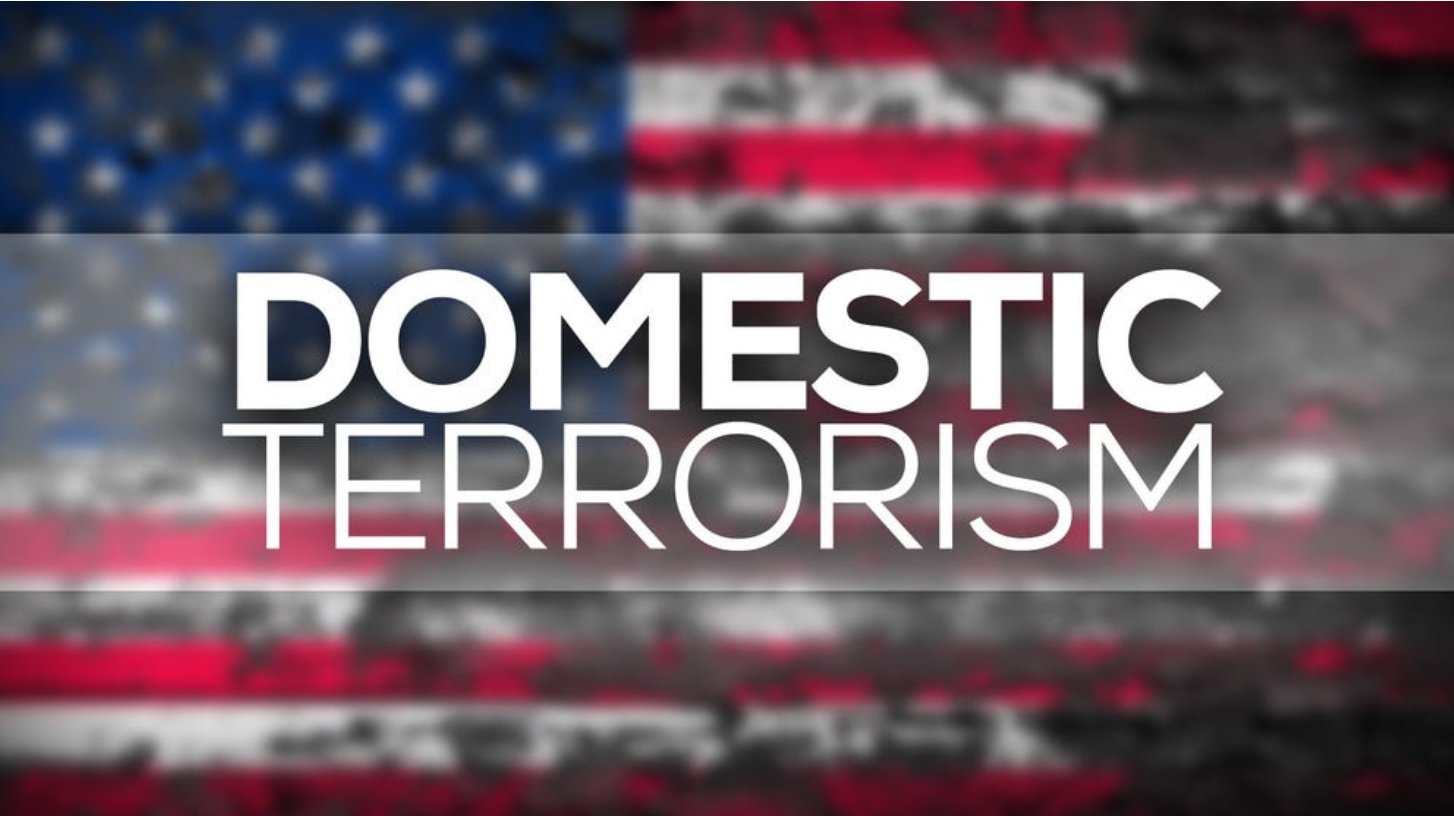On New Year’s Eve, while Americans across the country rang in 2025 with hope, horror unfolded on Bourbon Street in New Orleans. A rented truck, weaponized by its driver, plowed through a crowd of celebrants, killing more than a dozen and injuring dozens more. The shock of this tragedy, once believed to be a lone act, now appears to be the first in a disturbing sequence of domestic attacks. Months later, a fire-based assault in Boulder, Colorado left 12 injured. Most recently, the U.S. government arrested a Chinese scientist for smuggling a deadly plant pathogen into the country—an act of agroterrorism aimed squarely at our food supply.
These are not isolated tragedies. They are a pattern of warning shots—acts of domestic terrorism testing America’s readiness and resolve. Their timing and tactics may differ, but the message is the same: the United States is vulnerable, and its enemies—both foreign and domestic—are probing for weaknesses. As we approach the 25th anniversary of 9/11, we must recognize the disturbing pattern emerging before us. History has shown what happens when we ignore warning signs. We cannot afford that mistake again.
The New Orleans Truck Attack: America’s Wake-Up Call
On December 31, 2024, the heart of New Orleans became a battlefield. A man, reportedly radicalized and with prior warning signs, used a rented vehicle as a weapon, crashing through crowds gathered on Bourbon Street to celebrate the New Year (PBS, Washington State Standard, Wikipedia).
The method mirrored tactics used by ISIS-affiliated terrorists in Europe over the past decade. The aim was clear: inflict mass civilian casualties and instill fear during a moment of joy and unity. Yet, major media outlets and even federal authorities hesitated to label it what it truly was—an act of terrorism.
America must stop minimizing these threats. The attack on Bourbon Street was not random. It was symbolic. It was strategic. And it was part of a broader, emerging pattern.
Boulder, Colorado: Fire as a Weapon
Just months after the New Orleans tragedy, another attack shook the nation—this time in Boulder, Colorado. A man set fire to a busy commercial area, injuring 12 and causing panic in a community known for its peaceful, progressive identity (NBC News, New York Times).
Early reports suggested the attacker was influenced by online radicalization, part of a decentralized movement that preys on disaffected individuals and turns them into weapons. Fire, like vehicles, has become a preferred tool—easy to access, devastating in impact, and difficult to trace to broader networks.
The choice of Boulder was not accidental. Like New Orleans, it is a symbol—of American culture, community, and confidence. These attackers want to remind us that no place is truly safe, no town immune to terror.
Agroterrorism: A Silent, Strategic Threat
In what might be the most insidious attack yet, a Chinese national was arrested for smuggling a dangerous plant pathogen into the United States (Economic Times, Business Standard). The fungus, if released, could have devastated U.S. crops and triggered a major food crisis.
This is terrorism in slow motion. Agroterrorism doesn’t produce immediate casualties, but its impact could cripple the nation—wreaking havoc on supply chains, sending prices skyrocketing, and destabilizing entire regions. The incident was no mere smuggling operation. According to former U.S. officials, it fits a growing pattern of Chinese nationals entering the U.S. under academic or business pretenses to carry out hostile operations (Yahoo News, Fox News).
This type of attack bypasses traditional defenses. There are no sirens, no explosions—just the quiet death of crops, the emptying of grocery store shelves, and a cascading economic crisis that weakens the nation from the inside out.
A Chilling Pattern, Not Random Acts
Taken individually, each of these events could be dismissed as tragic but isolated. Together, however, they form a chilling picture: a multi-front assault on the American homeland. They strike at our cities, our food supply, our psyche.
This is the evolution of terrorism. No longer limited to plane hijackings or bombings, the new threats are decentralized, harder to detect, and designed to exploit our blind spots. Just like the lead-up to 9/11, we are seeing signs: fragmented intelligence, warning indicators, and low-scale attacks dismissed as anomalies. But when the pieces are connected, the danger is undeniable.
Have We Forgotten 9/11?
On September 10, 2001, all the signs were there. Threat reports, increased chatter, suspected pilot training. There had even been a bombing in the parking garage of the World Trade Center’s North Tower in 1993, probing the vulnerabilities of a city and a symbol of American strength that would become one of the primary targets of the 9/11 attacks. But the dots were never connected—until it was too late.
Today, we face the same risk of complacency. The New Orleans truck attack. The Boulder arson. The agroterrorism plot. Each is a spark. And sparks, if ignored, ignite infernos.
We must update our definitions of terrorism, broaden our threat assessments, and strengthen collaboration between intelligence, agriculture, law enforcement, and public safety agencies. Most importantly, we must educate the public and stop sugarcoating acts of evil.
The Time to Act Is Now
These are not acts of random violence. They are coordinated efforts—whether by foreign adversaries or ideologically driven extremists—to destabilize our nation.
If we wait for a full-scale catastrophe, we will have no excuse. The writing is already on the wall. America is under attack—not just from outside, but from within.
We ignored the signs once. We cannot afford to do it again.

